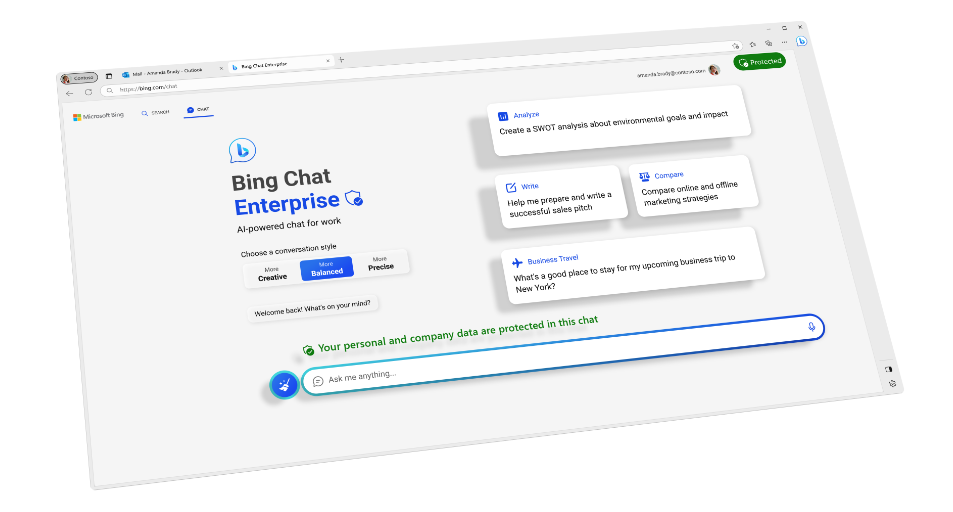The release of GPT-4, the latest iteration of OpenAI’s generative pre-trained transformer series, has garnered significant attention for its remarkable capabilities in natural language understanding and generation.
With advancements in AI technology, GPT-4 has emerged as an essential tool for a variety of applications, from content creation to data analysis.
To unlock its full potential, it’s crucial to understand and master prompt engineering techniques.
In this article, we’ll dive deep into GPT-4’s advanced prompt engineering, uncovering the secrets to harness its power and optimize its outputs.
🚀 GPT-4: A Brief Overview
GPT-4 is the most advanced version of OpenAI’s language model, designed to predict the next word in a sentence by analyzing vast amounts of text data.
The model has been pre-trained on a diverse range of internet text, allowing it to generate coherent and contextually relevant responses to given prompts.
The impressive AI advancements of GPT-4 have allowed for enhanced performance in tasks like text summarization, translation, and even code generation.
🎯 Prompt Engineering Techniques: The Key to Unlocking GPT-4’s Potential
To fully harness GPT-4’s capabilities, it’s essential to understand prompt engineering techniques.
These are methods used to optimize input prompts for more accurate and relevant responses from the AI model. Here are some advanced techniques to help you get the most out of GPT-4:
- Explicit Instruction: Be clear and specific with your prompts. For example, instead of asking GPT-4 to “write an article,” provide a detailed description of the desired content, tone, and format.
- Prompt Conditioning: Use context-setting questions or statements to guide the AI’s response. For instance, you could start with a brief on the topic or mention that you’re seeking expert advice.
- Systematic Iteration: Experiment with different prompt variations to fine-tune the AI’s output. This may involve rephrasing your initial query, adjusting the level of detail, or providing additional context.
- Temperature and Top-K Sampling: Control the randomness of GPT-4’s output by adjusting the temperature and top-k parameters. Lower temperature values result in more focused and deterministic responses, while higher values yield more diverse and creative outputs.
💡 Examples of Advanced Prompt Engineering in Action
Let’s look at some examples of how advanced prompt engineering techniques can be applied to GPT-4:
Content Generation: To create a detailed, technical article on GPT-4 prompt engineering, you could use the following prompt:
prompt = """
Write a comprehensive article in a technical conversation tone about advanced prompt engineering techniques in GPT-4. Include facts, figures, programming code examples, and real-world use cases. Target keywords: GPT-4, prompt engineering techniques, AI advancements.
"""Code Generation: To generate Python code for a specific task, provide GPT-4 with a clear problem statement and context. For example:
prompt = """
Generate Python code to calculate the factorial of a given number using recursion. The function should be named 'recursive_factorial' and take one integer parameter, 'n'. Include comments to explain the code.
"""
Data Analysis: To analyze trends in a dataset, you could provide GPT-4 with a description of the data and a specific question to answer. For instance:
prompt = """
Analyze the following dataset of monthly sales figures for a retail store over the past year:
January: 10000
February: 9000
March: 12000
April: 15000
May: 11000
June: 8000
July: 7000
August: 13000
September: 14000
October: 16000
November: 17000
December: 18000
Identify any patterns or trends and provide suggestions for improving sales performance.
"""🔧 Tips for Optimizing GPT-4 Outputs
To further optimize GPT-4’s responses, consider the following tips:
- Iterate and Refine: Don’t hesitate to experiment with different prompts and approaches to find the optimal output. Iteration is key to success with GPT-4.
- Concatenate Prompts: If you need GPT-4 to perform multiple tasks or generate a more structured output, you can concatenate prompts, separating them with line breaks or special characters.
- Limit Response Length: To receive more focused and concise responses, you can set a maximum token limit for GPT-4’s output.
- Use External Tools: Enhance GPT-4’s performance by integrating external tools and APIs to perform additional tasks, such as sentiment analysis, keyword extraction, or content optimization.
GPT-4 has undoubtedly revolutionized the AI landscape with its unparalleled natural language understanding and generation capabilities.
By mastering advanced prompt engineering techniques, you can unlock the full potential of this powerful AI tool and optimize its outputs for a wide range of applications.
Experiment with different approaches, iterate your prompts, and leverage external tools to make the most of GPT-4’s incredible power. 😃
Thank you for reading our blog, we hope you found the information provided helpful and informative. We invite you to follow and share this blog with your colleagues and friends if you found it useful.
Share your thoughts and ideas in the comments below. To get in touch with us, please send an email to dataspaceconsulting@gmail.com or contactus@dataspacein.com.
You can also visit our website – DataspaceAI


